Imagine this: In 2023, over 75% of digital images uploaded in Africa were processed using generative AI systems —a figure reported by UNESCO that shocks the creative industry into urgent debate. As artificial intelligence becomes the brush and canvas for Africa’s new wave of artists, the fundamental question arises: Who truly owns digital art when algorithms are in command?
This feature dives deep into the heart of the AI revolution sweeping Africa, dissecting how ai watermarking and creator rights are not just technical issues, but vital questions shaping the cultural and economic power of the continent’s creative future.
A New Paradigm: Why AI Watermarking and Creator Rights are Reshaping Africa's Digital Art Frontier
- A recent UNESCO report reveals that over 75% of digital images uploaded in Africa in 2023 were processed by generative AI systems, igniting urgent debates on ai watermarking and creator rights.
"The fusion of artificial intelligence and art is not just a technological revolution, but a cultural one, demanding immediate dialogue on ownership and authorship." – Dr. M. Nkosi, AI Ethicist
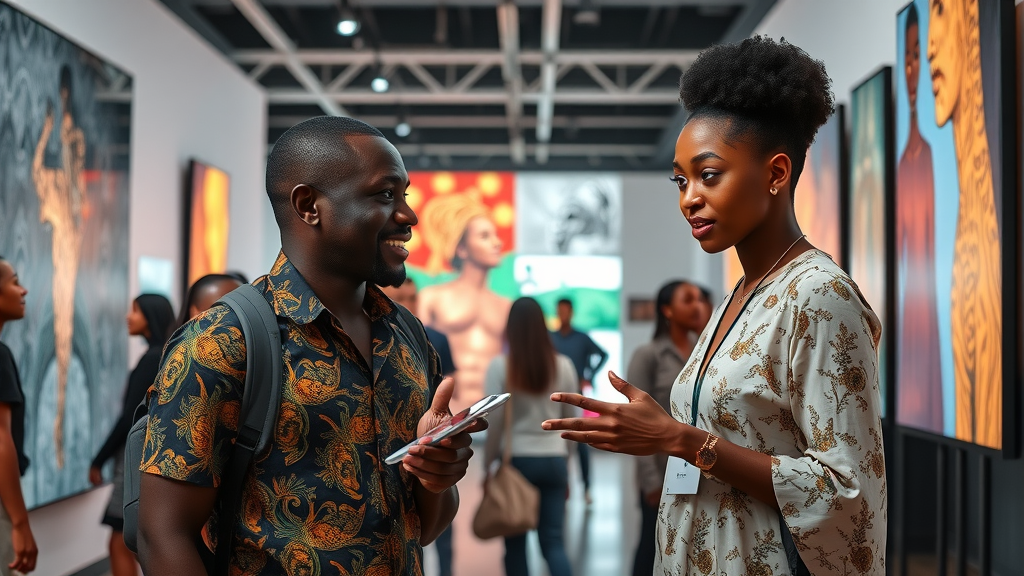
The creative landscape across Africa is undergoing a seismic transformation. AI-generated images and content are rapidly populating the continent’s digital spaces—a shift propelled by both necessity and innovation in an underserviced media market. As the adoption of ai watermarking grows, the lines between human and machine artistry blur, raising complex questions about creative credit, economic reward, and cultural heritage. Africa’s digital art communities, already vibrant and diverse, now face a critical juncture: how to protect creator rights without stifling the collaborative promise of AI models and technologies? The answer is not simply a matter of laws or codes, but also a new mindset—where artists, technologists, policymakers, and even audiences work together to create a sustainable and just creative ecosystem.
From Cape Town to Lagos, artists are embracing powerful ai tools for digital storytelling, but are equally anxious about their creative agency being usurped by faceless algorithms. As generative AI redefines what it means to make and share art, the need for clear intellectual property protections and robust ai watermarking frameworks has never been greater. In this charged environment, bold voices and innovative approaches will define the new frontiers of Africa's digital art scene.
What You'll Gain from Understanding AI Watermarking and Creator Rights
- Insights into African copyright law intersections with artificial intelligence and ai watermarking.
- Latest developments on the ai act, ai watermark, and the role of training data.
- A pragmatic look at digital content, generated images, and the responsibility of ai systems creators.
By understanding ai watermarking and creator rights , African artists and content creators can future-proof their careers. From leveraging the latest ai act developments to using watermarking technology to assert authorship, gaining this knowledge ensures creators don’t just survive the changes— they thrive. For policymakers and entrepreneurs, this knowledge unlocks opportunities in new digital markets, while also providing the tools for building fair, sustainable digital economies across the continent.
The AI Act and Legal Context: How Artificial Intelligence Challenges Copyright Law in Africa
Comparing the AI Act and African Copyright Law on Generated Content
| Jurisdiction | Approach to AI-Generated Content | AI Watermarking Provisions | Enforcement/Legal Cases |
|---|---|---|---|
| EU AI Act | Defines accountability for AI content; proposes watermarking for transparency | Mandates AI watermark for generated images and digital content | Several legal precedents set; influences global standards |
| South Africa | Copyright law based on human authorship; little on AI-generated content | No explicit mention; discussions under way | Few landmark cases; precedent evolving |
| Nigeria | Weak on AI content; IP statutes lagging behind tech growth | Not formally addressed in statutes | Emerging debates; some test cases |
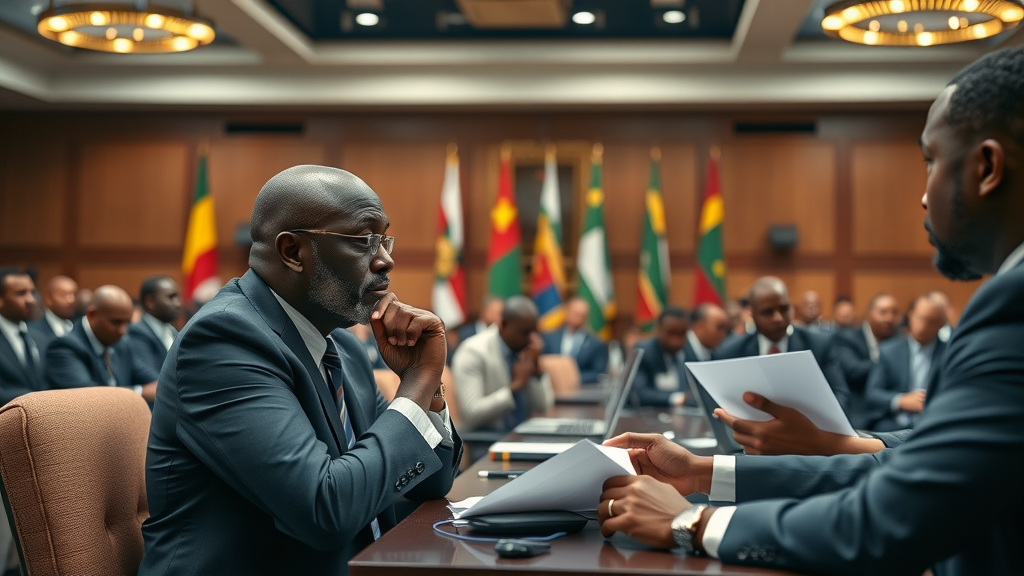
Are Existing Copyright Laws Equipped for Generative AI and AI Watermarking?
Africa’s existing copyright law frameworks, largely modelled on colonial and international precedents, were not built to accommodate the unique challenges posed by generative AI , ai watermarking , or autonomous content creation. While AI-generated images and content fill digital spaces, heritage laws remain unclear on recognising either the human prompt-creators or the AI systems as rights holders. This legal lag makes it difficult for artists to claim compensation or attribution if their works are used as training data or replicated through new AI models.
There have been attempts—spurred in part by the ongoing ai act debate—to introduce legal provisions for watermarking and transparency in digital content, but progress is uneven. South Africa and Nigeria, two of the continent’s largest creative markets, have yet to harmonise national policy with emerging digital realities. The need for alignment with international best practices and the adoption of innovative solutions like ai watermark is critical for safeguarding intellectual property and supporting Africa’s growing digital economy.
"Current copyright legislation in Africa barely acknowledges the nuance of training data feeding generative AI systems." – Prof. Adewale, Copyright Scholar
Decoding AI Watermarking: Safeguarding Creator Rights Amid Generative AI’s Expansion
- Definition and Evolution of AI Watermarking in Africa
- Technical architecture: How ai watermark works for generative ai images and digital content
- Case studies: Artists and ai systems using stable diffusion and ai watermarks for proof of authorship
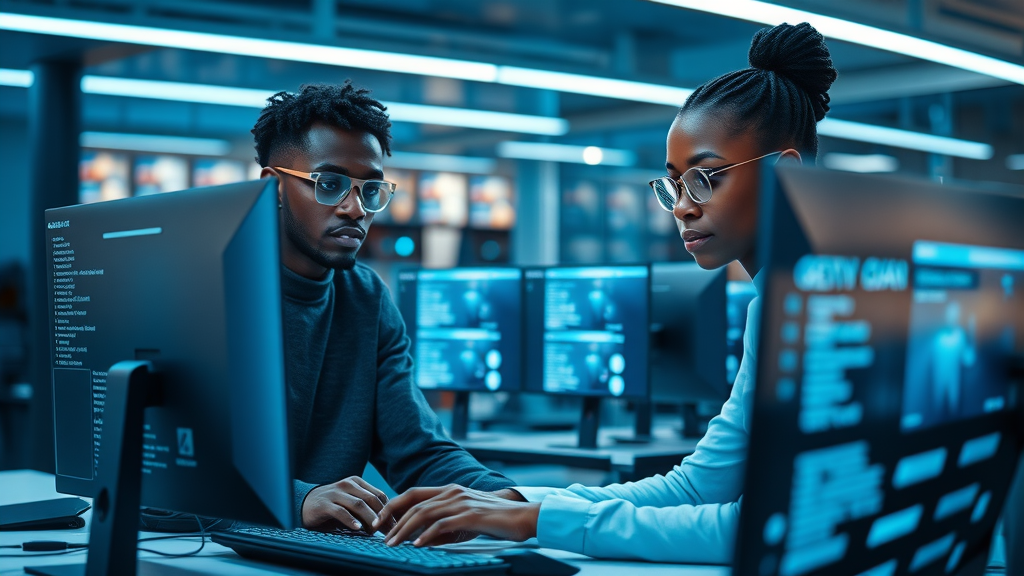
AI watermarking is the process of embedding traceable, difficult-to-remove signatures or codes within generated images and digital content. This technology serves as a digital fingerprint—helping prove authorship, track distribution, and authenticate ai content created with cutting-edge tools like stable diffusion . As African creatives embrace AI-powered production, watermarking becomes a cornerstone for defending creator rights and asserting intellectual property in the digital age.
The technical architecture behind an ai watermark integrates seamlessly with the workflow of leading ai tools . Whether by embedding invisible patterns, cryptographic hashes, or metadata directly in the digital file, artists and AI system providers can provide post hoc evidence of ownership. Recent case studies highlight how South African illustrators and Nigerian graphic designers have used such watermarking tech to stake claims in copyright disputes, deterring unauthorised use and enabling successful takedowns on social media platforms.
The evolution of ai watermarking in Africa is still in its infancy. Despite the promise of these tools, the challenge of adoption at scale remains—driven by technical barriers, lack of regulatory clarity, and the constant innovation of circumvention tactics. Yet, as the technology becomes more sophisticated, it will play a pivotal role in safeguarding the continent’s creative DNA amidst a rapidly changing digital frontier.
How AI Training Data Impacts Creator Rights and Intellectual Property
From Training Data to Generated Images: Who Owns What?
- The ethics of scraping African art images for training generative ai models
- Implications for intellectual property when AI-generated content borrows from existing works
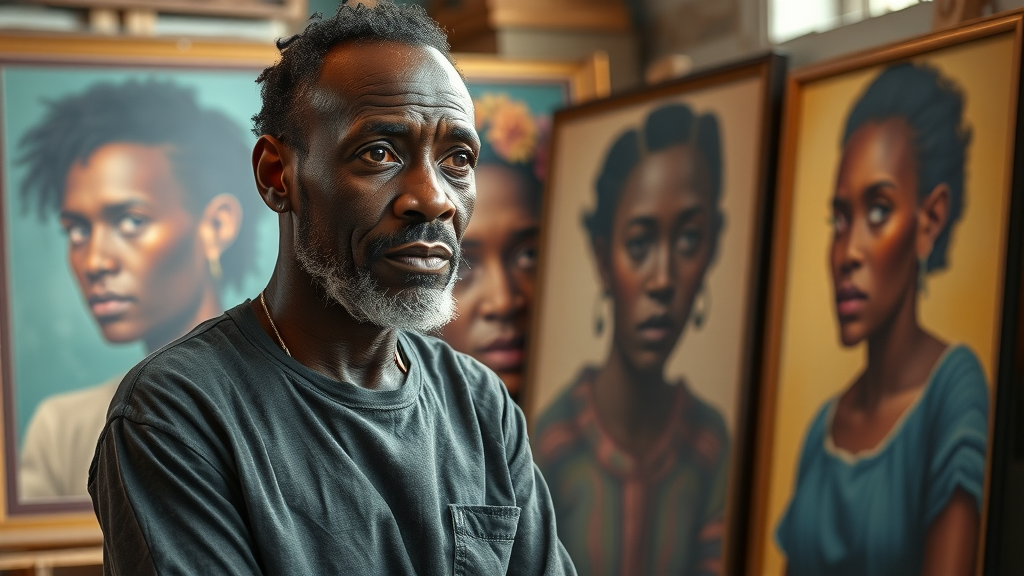
At the heart of the generative AI debate is the use of training data . AI models often learn by ingesting large pools of existing art—including works by both celebrated and unknown African creators. Without explicit consent, this practice raises profound ethical and legal questions: Does feeding traditional art into an ai system constitute fair use, or theft? As generated images resemble pre-existing styles—sometimes with uncanny accuracy—original artists risk losing credit, compensation, and even cultural recognition.
These dilemmas highlight a major concern: intellectual property regimes in Africa do not yet provide robust tools to distinguish between legitimate inspiration and unlicensed reproduction via AI. The challenge grows as ai tools make it increasingly easy for anyone—regardless of technical skill—to create derivative works at scale. Thoughtful reform, including watermarking and compulsory licensing for training data, may be needed to preserve Africa’s creative legacy for the next generation.
Role of the AI System versus the Human Artist in Ownership Debates
"Without transparent ai watermarking, the distinction between original and generated images blurs, risking the erasure of African creators from their own narratives." – Stella Odumo, Digital Rights Advocate
The future of creative ownership lies at the intersection of human ingenuity and machine output. As ai systems and human artists become co-creators, legal frameworks struggle to assign credit and responsibility. In most African countries, copyright law recognises only humans as authors, leaving a protection gap for creators who use AI tools without robust watermarking or documentation. This risks marginalising digital natives and innovators in Africa’s burgeoning artistic communities.
To rebuild trust and clarity, the adoption of transparent ai watermark solutions and open acknowledgement of collaborative processes becomes vital. Legal reforms should also recognise the unique value that African artists bring to training data and generative workflows, ensuring that fair compensation, recognition, and licensing sustain the continent’s creativity long into the future.
Opportunities and Threats to Creator Rights in the Generative AI Age
- Advantages: New markets for African digital artists through ai content verification and watermarking tech
- Risks: Unlicensed use, social media proliferation, and difficulty enforcing copyright law on generated content
The expansion of AI-generated art opens up exciting possibilities. African artists are finding new audiences and clients, using ai watermarking to differentiate their work and enter trusted digital marketplaces with robust content verification. Smart use of AI also enables quick scalability and rapid prototyping, making the continent an emerging hub for digital storytelling.
Yet, these opportunities come with serious threats: rampant, unlicensed reuse of works; challenges in detecting AI-forged pieces on global social media ; and limited recourse for legal enforcement of African copyright law . As generated content becomes ubiquitous, grassroots advocacy, ethical tech development and sound policy all become essential to protecting the continent’s creative future.
Case Studies: Generative AI, AI Watermarking, and Creator Rights Across African Nations
South African Digital Artists and the Push for Robust AI Watermarking Systems
In South Africa, digital artists are at the forefront of the fight for ai watermarking adoption. Through both collective action and lobbying professional bodies, these creators are making watermarking a standard in their communities. Popular platforms now require watermark compliance for any generated images submitted, providing a model for the rest of Africa.
Kenya’s Legal Battles – What the Courts Are Saying About Artificial Intelligence and Copyright Infringement
- Example of blocked generated images on social media using ai watermark technology
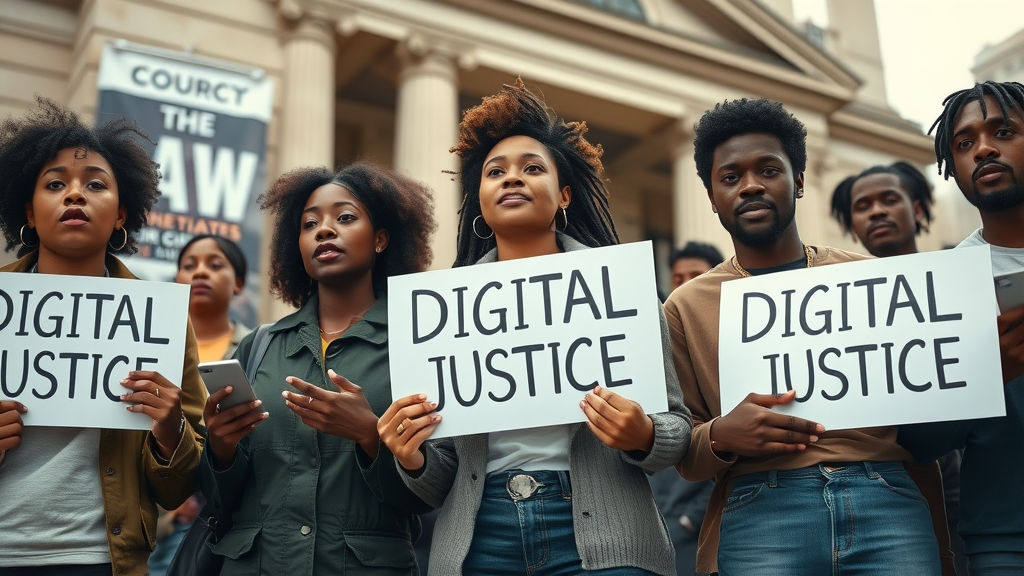
Kenya has become a focal point for testing ai watermark legal strategies. Recent court cases highlight artists’ victories in having generated images taken down from social media after proving authorship through advanced watermarking tools. While not always a win, this signals a new era where digital proofs become legally meaningful evidence.
- List of grassroots organisations advocating for stronger ai content protections in Nigeria and Ghana
Grassroots organisations in Nigeria and Ghana are championing creator rights through legal education, hackathons, and policy initiatives. Focused on both technical and social solutions, these communities drive greater adoption of ai watermarking and push for changes in national copyright policy—proving Africa is not just a consumer of tech but a shaper of global standards.
The Debate: Advocates vs. Skeptics on AI Watermarking and Fair Creator Rights
- Advocates: Urgency of developing ai watermark tech to empower African creators and preserve intellectual property
- Skeptics: Concerns about overreach, limitations, and technological circumvention of watermark systems
Advocates for ai watermarking believe that the tech is crucial for protecting intellectual property in a world where borders are digital and theft is easy. They urge for quick adoption, investment in robust tools, and continent-wide policy reform to ensure no African artist is left behind in the generative ai model revolution.
Skeptics , however, warn that watermarking alone is not a silver bullet. They highlight risks of circumvention, the ongoing arms race between enforcement tech and hackers, and the possible chilling effect over-regulation can have on creativity. As Africa’s digital art scene matures, it will need a balance between empowerment and innovation, privacy and transparency.
"AI watermarking is only as strong as its weakest link; creators will need legal as well as technical solutions." – L. Mwangi, Tech Policy Expert
Table: The State of AI Watermarking Laws and Creator Rights Protections in Top African Markets
| Country | AI-related IP Law | AI Watermark Adoption | Known Legal Cases | Enforcement Quality |
|---|---|---|---|---|
| South Africa | Limited, under review | Moderate; pilot projects in legal and creative sectors | Ongoing | Maturing—active debate, some wins for creators |
| Nigeria | Fragmented, outdated | Emerging, led by NGOs and grassroots | Few test cases | Weak, but improving due to advocacy |
| Kenya | Lacks AI-specific guidance | Experimental; linked to court rulings | Landmark cases recently | Moderate, courts are adapting |
| Ghana | Some recognition, informal | Grassroots—digital artists’ collectives | Isolated | Patchy – advocacy led by creative sector |
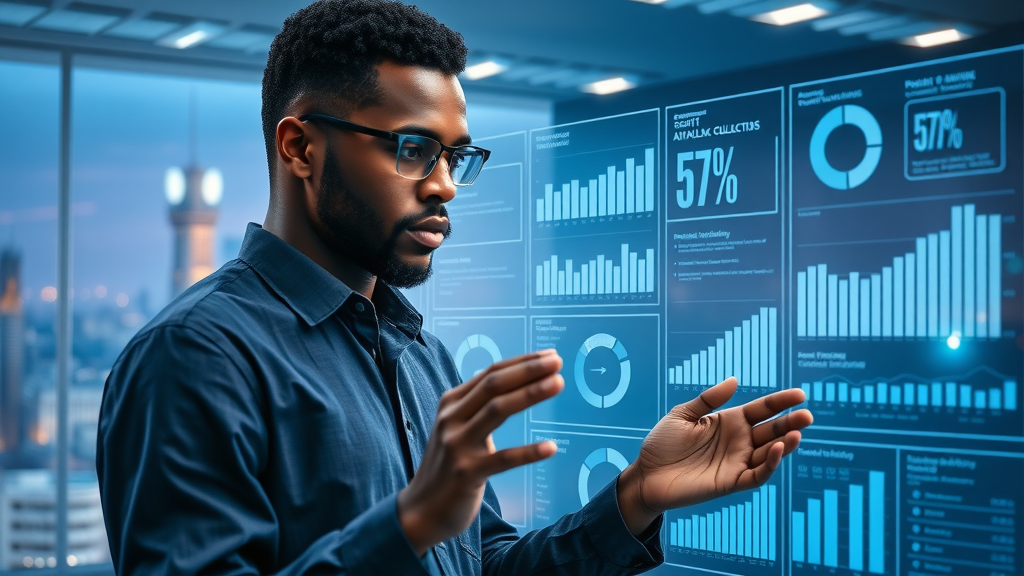
Navigating the Future: Policy, Technology, and Grassroots Action on AI Watermarking
- Potential of the ai act for harmonising AI model practices in Africa
- Role of African artists in shaping new digital content protection policies
- Grassroots campaigns building awareness about ai watermarking and rights
The future of ai watermarking and creator rights hinges on collaboration. The ai act could harmonise practice across Africa, setting minimum standards for transparency and protection that transcend national borders. Yet, for any AI policy to succeed, African artists and creators must have a seat at the table. Their voices, borne of experience and cultural understanding, should guide not only technology but the laws that govern it.
Grassroots campaigns—from hackathons to digital advocacy—are proving especially powerful. They raise awareness, empower communities, and ensure that regulatory change is driven not by foreign interests, but by the needs and dreams of Africa’s own creators.
Lists: Practical Steps for African Creators to Safeguard Their Rights in the Face of Generative AI
- Adopt robust ai watermarking tools for generated images and digital content
- Track the use of AI in your workflow and document training data sources
- Register works with emerging IP registries that recognise ai content
- Participate in policy advocacy and open-source ai systems design
- Engage in community education on artificial intelligence rights
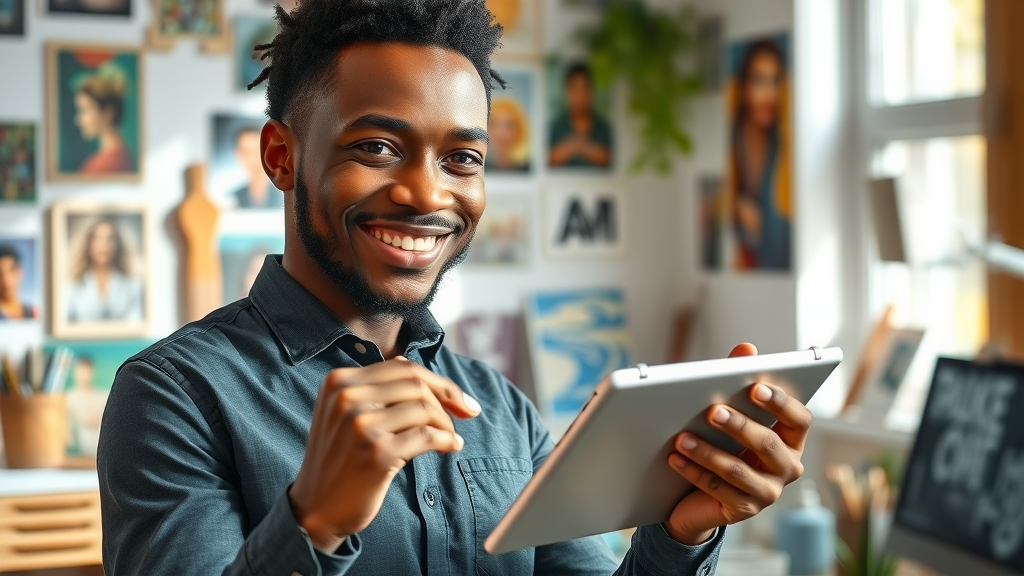
These steps empower African artists to protect their work and become active leaders in the AI art movement. By combining technology, legal knowledge, and community action, creators can confront the risks of generative AI and claim their place in a future shaped by their vision and agency.
People Also Ask: Frequently Searched Questions about AI Watermarking and Creator Rights
Who legally owns AI-generated images?
- Ownership of AI-generated images in many African jurisdictions is unresolved; without ai watermarking, copyright law generally does not recognise AI as a legal entity, placing emphasis back on the training data owner or AI tool user.
Can you copyright something created with AI?
- In most of Africa, copyright is reserved for human authors, which makes ai-generated content and images without substantial human input difficult to protect; evolving ai act proposals may change this soon.
Do I have rights to AI images?
- You may have limited rights if you input significant creativity in generating digital content using AI tools, but the lack of explicit ai watermarking and clear legal structure creates risk.
Is an AI-generated logo legal?
- The legality of an AI-generated logo hinges on original input, transparency about training data, and whether ai watermark systems were used; many African courts are still undecided on this area.
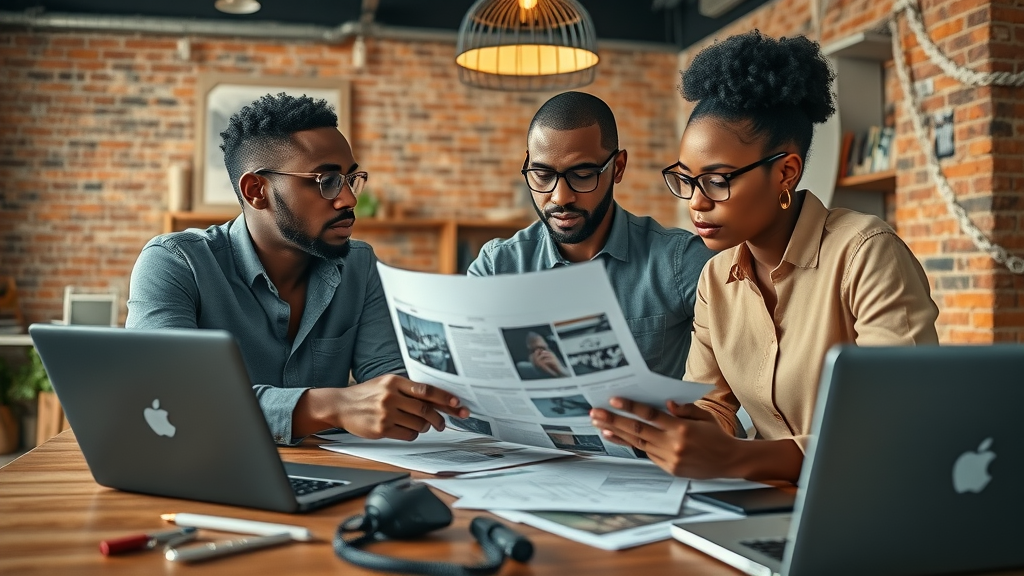
The Role of Social Media and Digital Content Platforms in Enforcing AI Watermarking and Creator Rights
- Major social media platforms adopting ai watermark tech to police generated content
- Digital content marketplaces for artwork and the push for universal watermarking standards
"With millions of generated images circulating daily, platforms must prioritise ai watermark frameworks to protect Africa’s creative economy." – N. Adu, AfroTech Journal Editor

Social media platforms and digital marketplaces are becoming a crucial front line in the battle for creator rights. By deploying ai watermarking technology, they are helping to police generated content, flag suspicious uploads, and ensure artists remain visible and compensated. Leading African platforms are experimenting with universal watermarking standards, aiming to stop the proliferation of unauthorised generated images before they can go viral.
Yet, effective enforcement will require more than technology alone. Ongoing dialogue between artists, AI tool providers, platform admins, and policymakers will be key to balancing open access and creator protection—securing Africa’s place at the forefront of digital culture while respecting the value and integrity of its creatives.
Key Takeaways: The Path Forward for AI Watermarking and Creator Rights in Africa
- 1. Urgent need for legislative clarity on ai watermarking, intellectual property, and generated content.
- 2. Creators, technologists, and policymakers must collaborate on practical, pan-African solutions.
- 3. Protecting creator rights strengthens Africa’s position in the global artificial intelligence revolution.
- Explainer video showing an African artist using ai watermarking on their generated image and navigating copyright law challenges.
- Panel discussion on generative ai regulation, ai tool adoption, and the future of copyright law for African artists.
- Step-by-step walkthrough of using ai watermark tools for illustrators, photographers, and content creators in Africa.
FAQs on AI Watermarking and Creator Rights in Africa
-
What is the best ai watermark tool for generated images?
The best AI watermark tool depends on your workflow and platform preference, but many African artists recommend tools that integrate directly with popular stable diffusion models, offer invisible watermarking, tamper detection, and provide a verified proof-of-authorship ledger. -
How do I check if my digital content has been used as training data for generative ai?
Currently, there is no universal tool that can guarantee this, but search engines for visual similarity, reverse image search, and forensic watermark analysis can help you identify reuse; advocacy is ongoing for more transparent AI datasets. -
Can ai watermarking completely prevent unauthorised use of my ai content?
No solution is foolproof. AI watermarking can deter theft and help prove authorship, but tech-savvy users can sometimes circumvent these measures. Combining watermarking with legal registration and vigilant monitoring offers the strongest defence. -
How does stable diffusion fit into current African copyright debates?
Stable diffusion, as a leading generative ai model, is at the centre of legal and ethical debates in Africa, especially regarding the use of local artwork as training data and the development of watermarking systems for both transparency and creator protection.

Empowering African Creators: Next Steps in the AI Watermarking and Rights Debate
- Action plan summary for African creatives, tech startups, and students to future-proof their work against unauthorised ai content use and seize new digital opportunities.
"Africa’s creative pulse is strong. With informed ai watermarking and a united front for creator rights, the continent can lead this new era of generative ai." – AI Africa News Opinion Editor
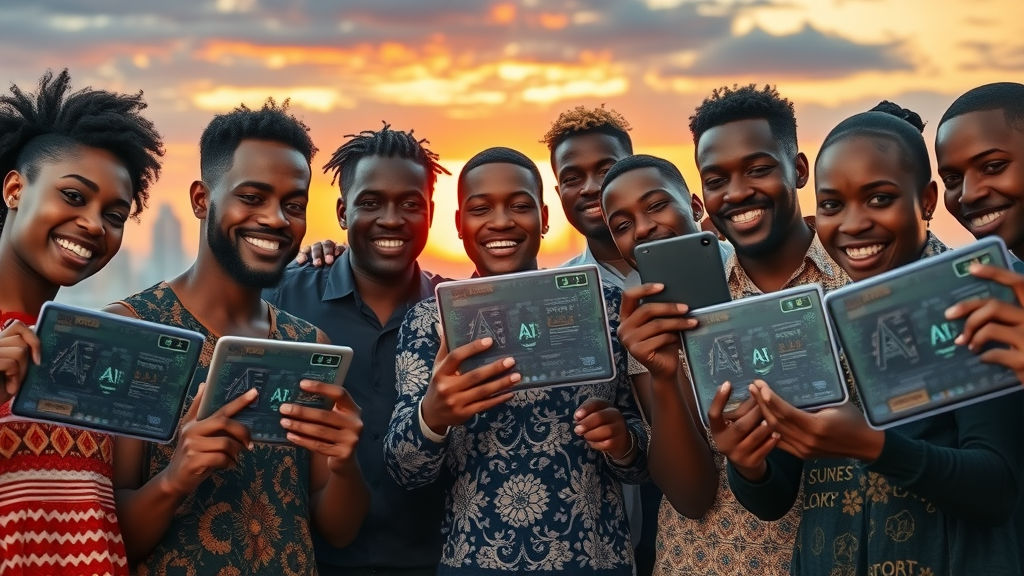
African creatives, technologists, and students are uniquely positioned to shape the global conversation on ai watermarking and creator rights. By building robust protections and harnessing the continent’s vibrant creativity, Africa can seize opportunities and mitigate risks in the ever-evolving digital landscape.
Join the Movement – Stay Informed on AI Watermarking and Creator Rights Developments
- For the latest updates on ai watermarking, generative ai legal coverage, and African creator rights, discover The AI Africa News Channel: https://aiafricanews.com
Stay alert, stay informed, and take action—Africa’s digital creative revolution needs you now.
Conclusion
Actively adopt ai watermarking, advocate for inclusive law, and unite as African creators to protect, profit, and flourish in the age of generative AI.
Sources
- https://en.unesco.org/news
- https://aiafricanews.com
- https://eur-lex.europa.eu/legal-content/EN/TXT/?uri=CELEX%3A32023R2854
- https://www.lexology.com/library/detail.aspx?g=6ee4ff9a-fb7d-4416-9280-ecf25b1914eb
- https://www.worldipreview.com/news/south-africa-examined-generative-ai-and-copyright-23102
- https://www.opengovpartnership.org/stories/artificial-intelligence-and-africa-opportunities-and-risks/
 Add Row
Add Row  Add
Add 



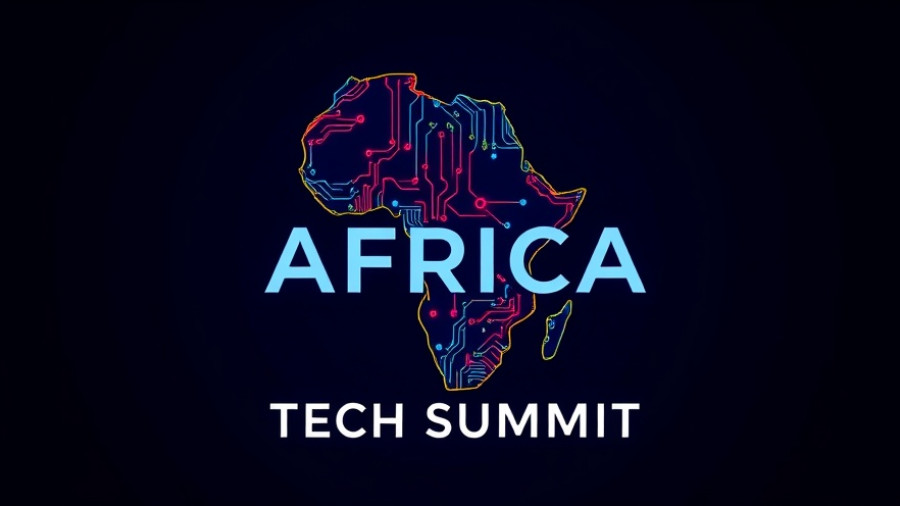
Write A Comment